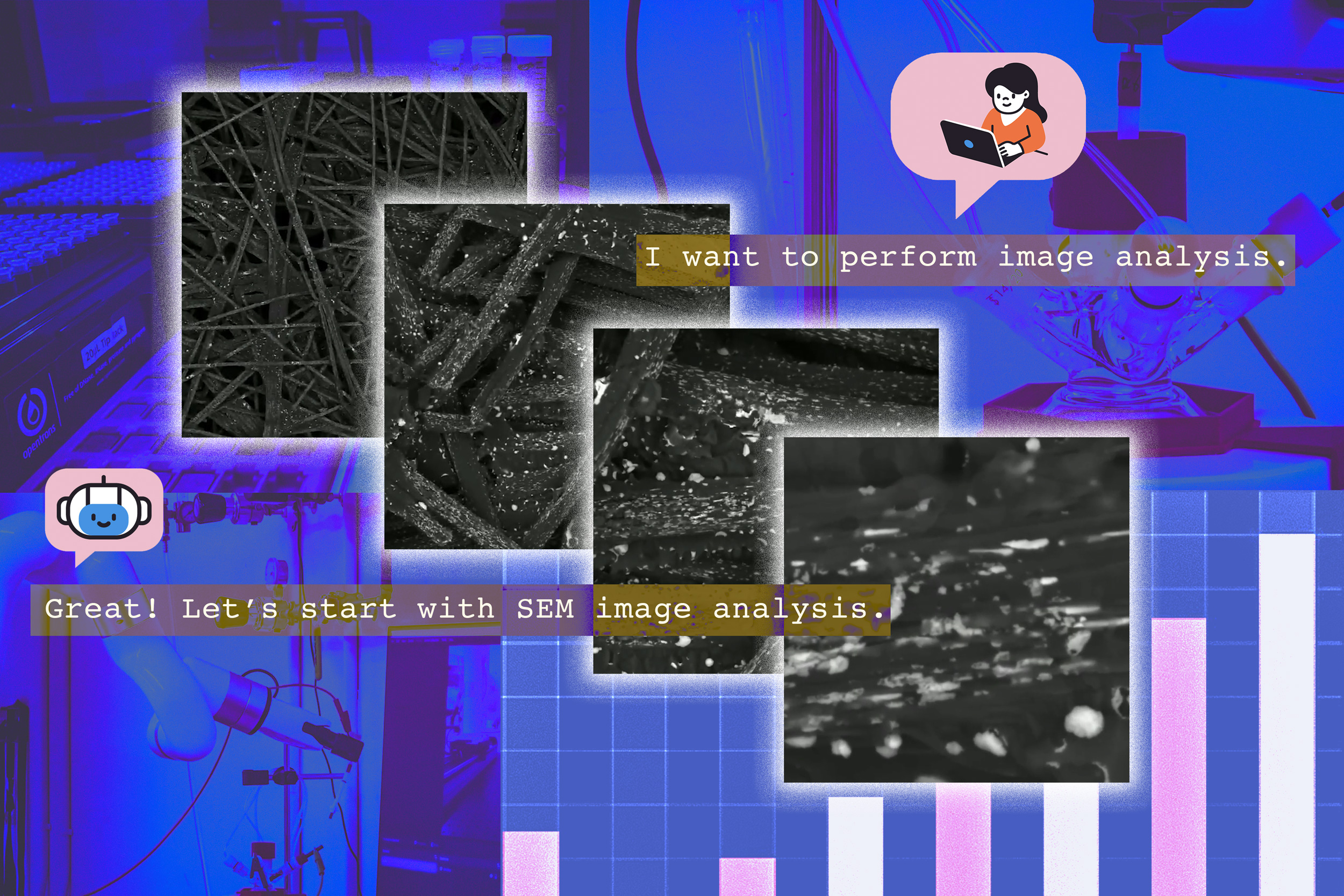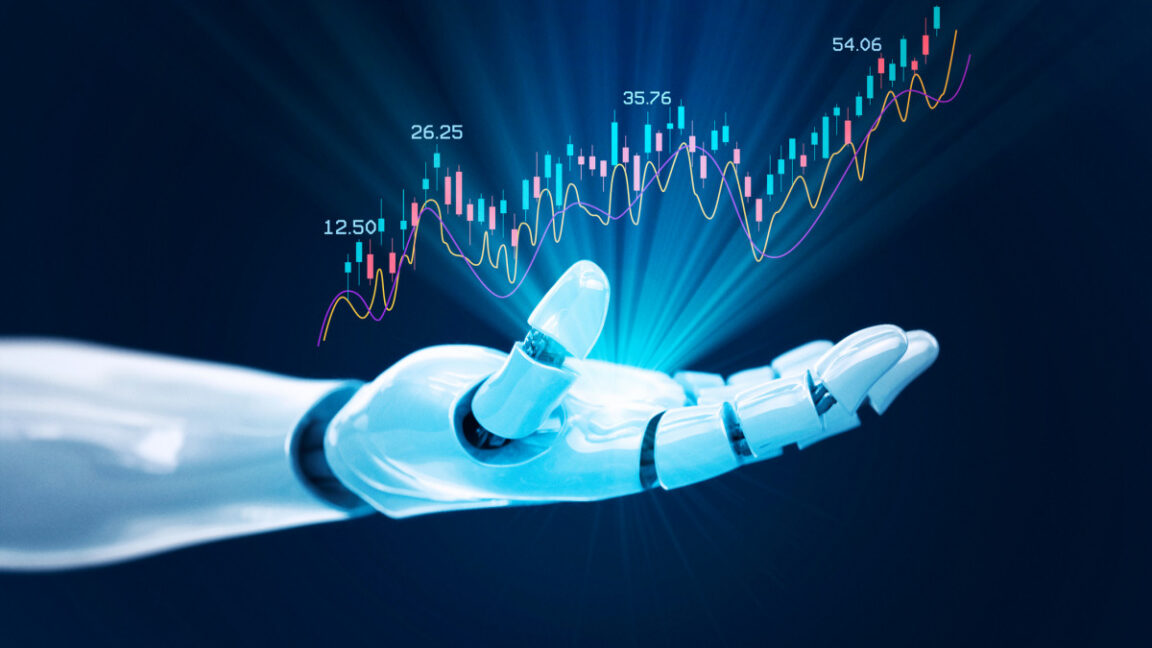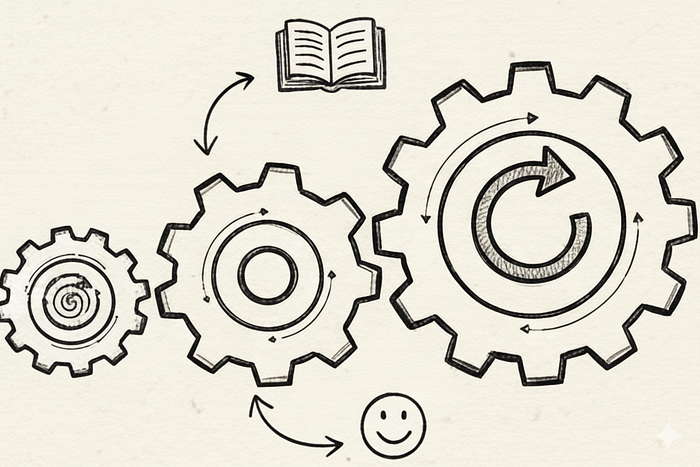Introduction to Materials Science
Materials science is a field that involves the discovery and development of new materials with unique properties. This process can be time-consuming and expensive, as it requires researchers to carefully design workflows, make new materials, and run a series of tests and analysis to understand what happened. Those results are then used to decide how to improve the material.
The Challenge of Materials Science
Materials science experiments can face reproducibility challenges, where the results of an experiment cannot be consistently replicated. This can be due to various factors, such as the way the precursors are mixed and processed, or subtle alterations in experimental conditions. To address this challenge, researchers have turned to machine-learning strategies, such as active learning, to make efficient use of previous experimental data points and explore or exploit those data.
The Limitations of Current Machine-Learning Models
Most machine-learning models used in materials science today only consider a few specific types of data or variables. This limits their ability to capture the complexity of materials science experiments, which involve a wide range of factors, including experimental results, scientific literature, imaging and structural analysis, and personal experience or intuition. Human scientists, on the other hand, work in a collaborative environment and consider all these factors when designing and conducting experiments.
The Development of CRESt
To address the limitations of current machine-learning models, researchers at MIT have developed a new platform, named Copilot for Real-world Experimental Scientists (CRESt). CRESt incorporates information from diverse sources, including insights from the literature, chemical compositions, microstructural images, and more. The platform uses robotic equipment for high-throughput materials testing, and the results of these tests are fed back into large multimodal models to further optimize materials recipes.
How CRESt Works
CRESt’s robotic equipment includes a liquid-handling robot, a carbothermal shock system to rapidly synthesize materials, an automated electrochemical workstation for testing, characterization equipment including automated electron microscopy and optical microscopy, and auxiliary devices such as pumps and gas valves. Human researchers can converse with the system in natural language, with no coding required, and the system makes its own observations and hypotheses along the way. Cameras and visual language models also allow the system to monitor experiments, detect issues, and suggest corrections.
The Benefits of CRESt
The use of CRESt has several benefits, including the ability to accelerate materials discovery, improve reproducibility, and reduce the cost of experiments. By incorporating information from diverse sources and using robotic equipment, CRESt can quickly explore a wide range of materials and identify promising candidates. The platform can also monitor experiments and detect issues, allowing for real-time corrections and improvements.
A Real-World Application of CRESt
The researchers used CRESt to develop an electrode material for an advanced type of high-density fuel cell known as a direct formate fuel cell. After exploring more than 900 chemistries over three months, CRESt discovered a catalyst material made from eight elements that achieved a 9.3-fold improvement in power density per dollar over pure palladium, an expensive precious metal. In further tests, CRESt’s material was used to deliver a record power density to a working direct formate fuel cell, even though the cell contained just one-fourth of the precious metals of previous devices.
Conclusion
The development of CRESt marks a significant advance in the field of materials science, as it provides a platform for accelerating materials discovery and improving reproducibility. By incorporating information from diverse sources and using robotic equipment, CRESt can quickly explore a wide range of materials and identify promising candidates. The use of CRESt has the potential to revolutionize the field of materials science, enabling the development of new materials with unique properties and improving the efficiency and cost-effectiveness of experiments.
FAQs
Q: What is CRESt?
A: CRESt is a platform developed by researchers at MIT that incorporates information from diverse sources, including insights from the literature, chemical compositions, microstructural images, and more, to accelerate materials discovery and improve reproducibility.
Q: How does CRESt work?
A: CRESt uses robotic equipment for high-throughput materials testing, and the results of these tests are fed back into large multimodal models to further optimize materials recipes. Human researchers can converse with the system in natural language, with no coding required, and the system makes its own observations and hypotheses along the way.
Q: What are the benefits of using CRESt?
A: The use of CRESt has several benefits, including the ability to accelerate materials discovery, improve reproducibility, and reduce the cost of experiments.
Q: What is a real-world application of CRESt?
A: The researchers used CRESt to develop an electrode material for an advanced type of high-density fuel cell known as a direct formate fuel cell, achieving a 9.3-fold improvement in power density per dollar over pure palladium.
Q: Is CRESt a replacement for human researchers?
A: No, CRESt is an assistant, not a replacement, for human researchers. Human researchers are still indispensable, and CRESt is designed to work in collaboration with humans to accelerate materials discovery and improve reproducibility.











